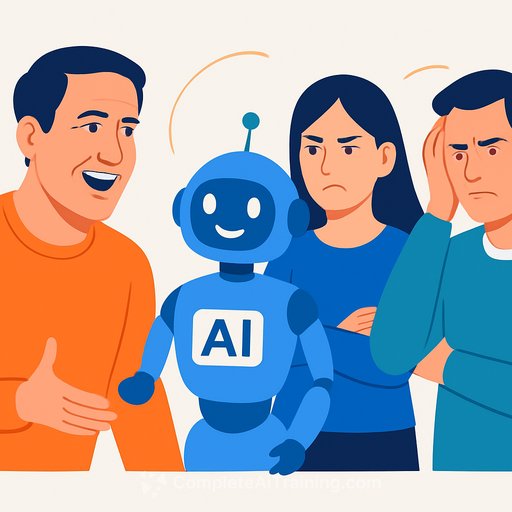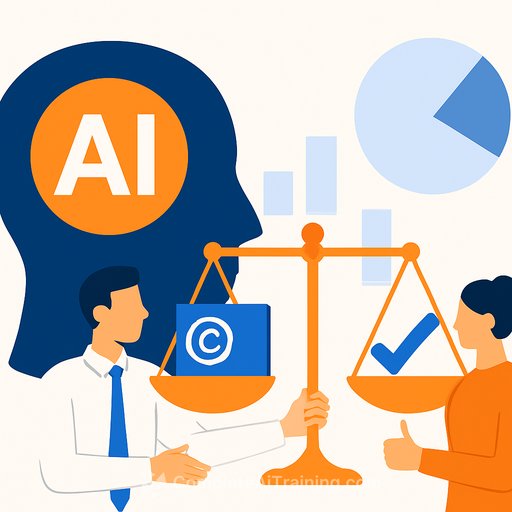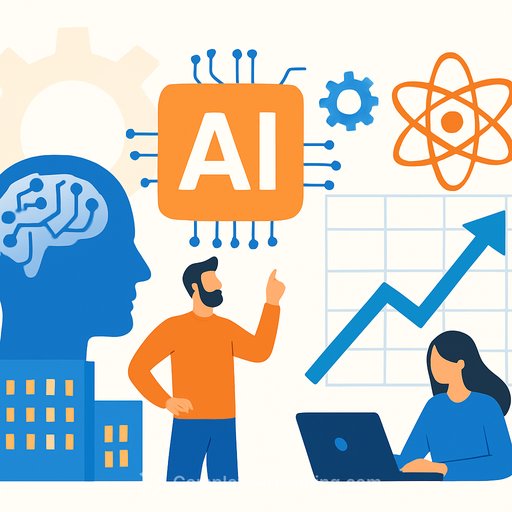Creatives urged to be protected from AI training
A recent ruling finding that Stability AI didn't infringe the copyright of Getty Images sends a blunt message: current intellectual property rules are out of step with how AI is trained. Whether you agree with the decision or not, it exposes a gap that leaves creators exposed.
If your images, videos, or scripts can be scraped, learned from, and mimicked without clear consent or payment, the risk shifts to you. This isn't about fear. It's about leverage, contracts, and getting paid for the value you create.
What this means for your work
AI can learn your style, compress your pricing power, and compete with your stock or commissions. The core problem is consent and transparency: who used your work, how, and under what terms?
Most training sets are a black box. Without clear records, it's hard to assert rights, negotiate licenses, or claim compensation. That's why policy-and practical safeguards-matter.
What ministers should fix
- Consent-first training: No training on creative works without explicit permission. Opt-in beats opt-out.
- Dataset transparency: Public logs of training sources, with auditable records for rights-holders.
- Collective licensing: Easy, standardized licensing so creators can be paid at scale.
- Attribution and provenance: Support content credentials, watermarking, and detection standards across platforms.
- Fair compensation: A remuneration mechanism (e.g., levy or revenue share) tied to commercial AI models trained on protected works.
- Fast disputes: A streamlined small-claims route for AI-related IP cases with real penalties for abuse.
What you can do this week
- Update your licenses: Add clear "no AI training" clauses unless paid for and agreed in writing.
- Use opt-out tools where offered: Set policies via robots.txt and platform settings; keep screenshots of preferences.
- Embed provenance: Add Content Credentials (C2PA) and visible/hidden watermarks to new work.
- Track your catalog: Keep dated originals, hashes, and upload logs to prove ownership and priority.
- Join forces: Work with guilds, unions, or collectives to negotiate standardized AI terms.
- Price the risk: Separate fees for standard use vs. AI training rights; limit sublicensing.
- Use AI on your terms: Speed up drafts, comps, and mood boards-but protect client data and your style IP.
For background on IP and AI, see the WIPO overview on AI and IP and technical standards like C2PA Content Credentials.
Sample clause you can adapt
- AI Training Restriction: "Licensee may not use, permit, or enable the Work (or any portion, metadata, or derivative) to train, fine-tune, or improve any machine learning or generative model without the Creator's prior written consent and a separate paid agreement."
- Attribution & Provenance: "Licensee must preserve embedded metadata and content credentials and must not remove or alter watermarks or provenance signals."
Position your portfolio for AI pressure
- Show process, not just pixels: Behind-the-scenes, drafts, and live sessions make your value harder to copy.
- Own a niche: Specific subjects, access, or taste beat generic style clones.
- Productize offers: Packages with clear outcomes, timelines, and usage rights cut through pricing games.
- Build direct channels: Email list, private client library, and referral systems reduce platform risk.
Skill up without losing control
Learn prompt craft, safe workflows, and legal guardrails so you can work faster without giving away your IP. Pick tools that respect consent and provenance.
Helpful starting points: curated programs for creative roles at Complete AI Training - Courses by Job and practical prompt tactics at Prompt Engineering.
The bottom line
This ruling is a wake-up call. Push for consent-first policy, tighten your contracts, mark your work, and keep building assets clients can't replace. Protect your rights while you adapt-both matter.
Your membership also unlocks:






